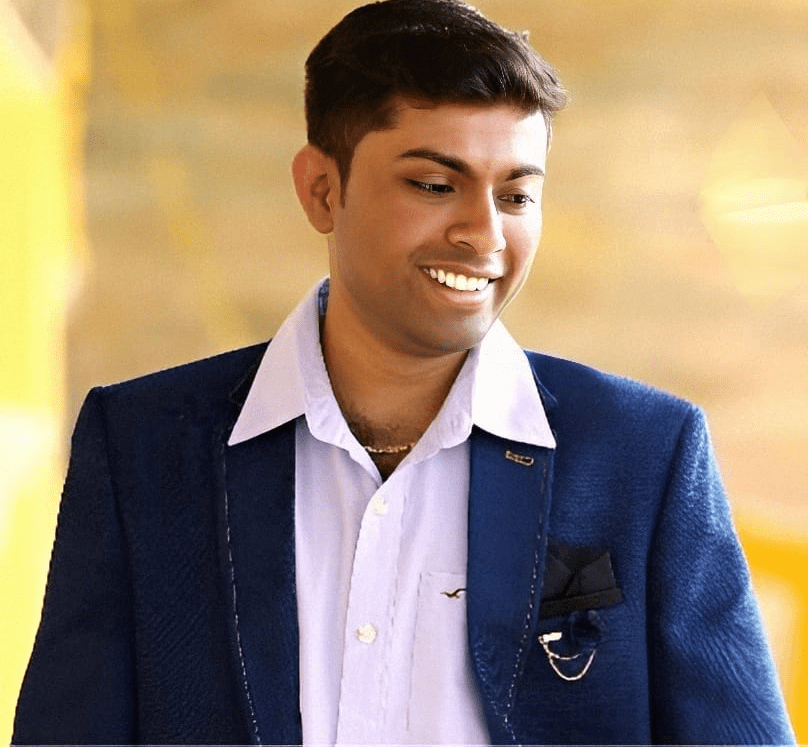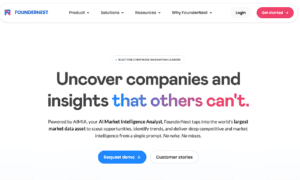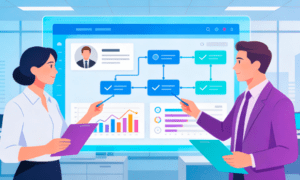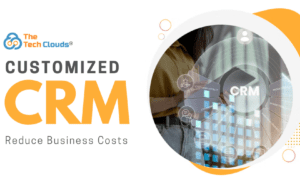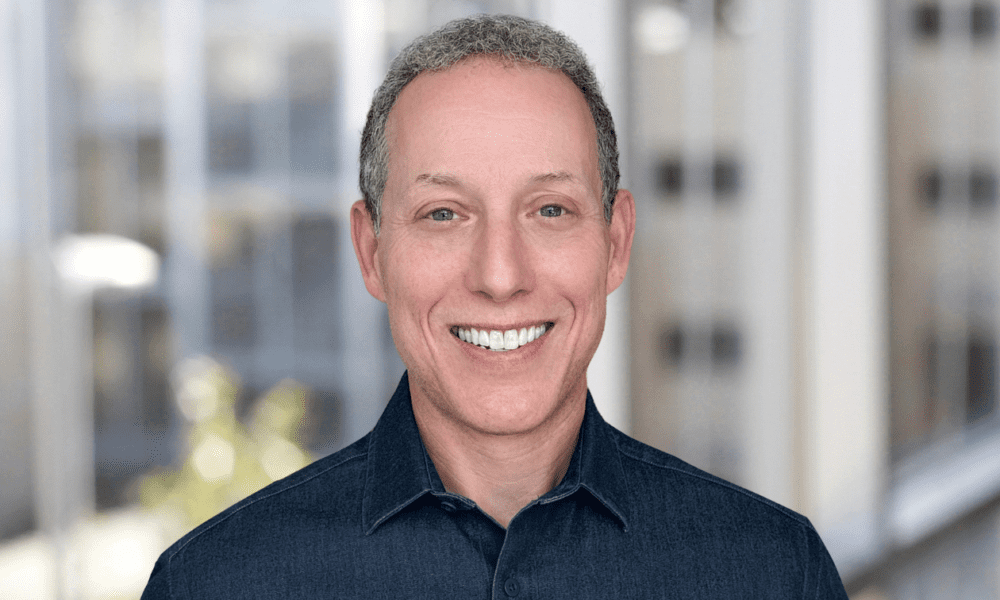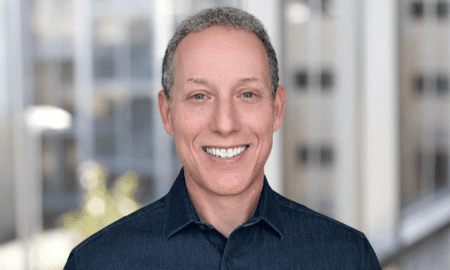Ankush Reddy Sugureddy is a results-driven technology leader with over 13 years of distinguished experience in data engineering, AI/ML integration, cloud architecture, and large-scale system design. He is recognized for his contributions to designing, leading, and implementing end-to-end enterprise data platforms and machine learning systems that power mission-critical decisions for Fortune 500 companies such as Amazon, Walmart, Boeing, and Cloudflare.Throughout his career, Ankush has demonstrated exceptional leadership in architecting and scaling complex cloud-native infrastructures across Google Cloud Platform (GCP), Amazon Web Services (AWS), and Microsoft Azure. He brings a rare blend of deep technical expertise and cross-functional leadership, having led initiatives that span data lake modernization, real-time analytics, machine learning deployment, and infrastructure as code (IaC) automation.At Cloudflare, Ankush currently serves as Lead Engineer, where he has spearheaded the design and development of a Salesforce integration ecosystem that seamlessly synchronizes opportunity and account data across BigQuery and Salesforce. His work on materialized views in BigQuery has drastically reduced data latency and improved data integrity for marketing and operations teams. Under his leadership, the company adopted a scalable data governance framework using Collibra, enabling enterprise-grade compliance and operational clarity.
Q1: Congratulations on your impressive journey so far! Could you begin by giving us a brief overview of your responsibilities as a Technical Architect?
Thank you. As a Technical Architect, my primary responsibility is to design scalable, secure, and high-performance technology solutions that align with organizational goals. I lead end-to-end architecture planning for cloud-native applications, emphasizing DevSecOps, MLOps, and infrastructure automation. My role also involves guiding engineering teams through implementation best practices, optimizing CI/CD pipelines, and integrating AI/ML capabilities into production systems using platforms like AWS, Azure, and GCP. I work closely with cross-functional stakeholders to translate business requirements into actionable architectural blueprints.
Q2: You have received recognition as an IEEE Senior Member and Soft Computing Research Society Fellow. How has that honor affected your career path, and what does it mean to you?
Being recognized as an IEEE Senior Member and a Fellow of the Soft Computing Research Society is an honor and a responsibility. These distinctions have elevated my credibility in the research and professional communities, opening doors to collaborative opportunities, speaking engagements, and leadership roles in innovation-driven projects. They reaffirm my commitment to advancing the fields of AI, cloud computing, and applied research through continuous learning and meaningful contributions.
Q3: Additionally, you serve as a peer reviewer for International Journals. How has being on a review board influenced your view of software engineering research?
Serving as a peer reviewer has deepened my appreciation for the rigor and innovation behind quality research. It has honed my critical thinking and exposed me to cutting-edge software engineering, AI, and cybersecurity advancements. Reviewing manuscripts enhances my technical acumen and allows me to contribute constructively to the evolution of research standards by helping authors refine their work for broader impact.
Q4: In terms of mentorship, you volunteer as a mentor at Medium.com and CodePath.org. What drives you to volunteer your time to mentor others, and what guidance do you offer future engineers?
Mentorship is deeply fulfilling for me. I volunteer to give back to the community that has shaped my own career. I aim to help aspiring engineers confidently navigate the complexities of modern tech careers. I focus on instilling a strong foundation in problem-solving, ethical engineering, and continuous learning. I also guide mentees on portfolio development, interview readiness, and aligning their passion with industry demands, especially in areas like cloud computing and machine learning.
Q5: You are the author of research articles. How do you go about creating technical papers, and what subjects do you concentrate on?
My approach to writing technical papers begins with identifying a real-world challenge or research gap, often drawn from industry experience. I then conduct structured experimentation, apply advanced analytics, and synthesize the outcomes into actionable insights. I primarily focus on areas such as Artificial Intelligence, Machine Learning, cloud-native architecture & middleware. Each paper is crafted to blend academic rigor with practical relevance.
Q6: Receiving a nomination as a judge for the Globee Awards is another noteworthy accomplishment. How does it feel to be in a position to evaluate innovation at such a high level?
It’s an incredible honor to serve as a judge for the Globee Awards. Evaluating global innovations gives me the opportunity to witness transformative ideas firsthand and celebrate the visionaries behind them. It also allows me to benchmark emerging trends across industries, sharpen my analytical lens, and contribute to recognizing efforts that push technological boundaries and create measurable impact.
Q7: The International Scientific Society just invited you to give the keynote presentation at an International Conference. How was that experience?
Delivering a keynote at an international conference was both a humbling and energizing experience. It gave me a platform to share my perspectives on AI and cloud transformation with a global audience of scholars and practitioners. Engaging in thoughtful discussions during and after the session was particularly rewarding, as it fostered collaborative ideas and reinforced the importance of bridging research and industry.
Q8: You perform a variety of roles, including Technical architect, Researcher, Mentor, Judge, and Fellow Member. What strategies do you use to maintain a good work-life balance and manage your time effectively?
Time management is critical when wearing multiple hats. I prioritize tasks based on impact and urgency, leveraging structured scheduling tools and weekly planning rituals. I also make a conscious effort to delegate where appropriate and establish clear boundaries between work and personal time. Continuous reflection, mindfulness, and the support of a strong professional network help me maintain balance while staying productive and motivated.
Q9: Last but not least, what are your future plans? Do you have any interesting objectives or projects you’re striving for?
Looking ahead, I aim to further bridge the gap between AI research and real-world implementation, especially in the public sector and social impact domains. I’m exploring AI governance opportunities, responsible model deployment, and advancing secure MLOps pipelines. In the long term, I plan to contribute to policy-shaping initiatives, publish more in international journals, and potentially lead an innovation lab focused on applied AI for global development.

